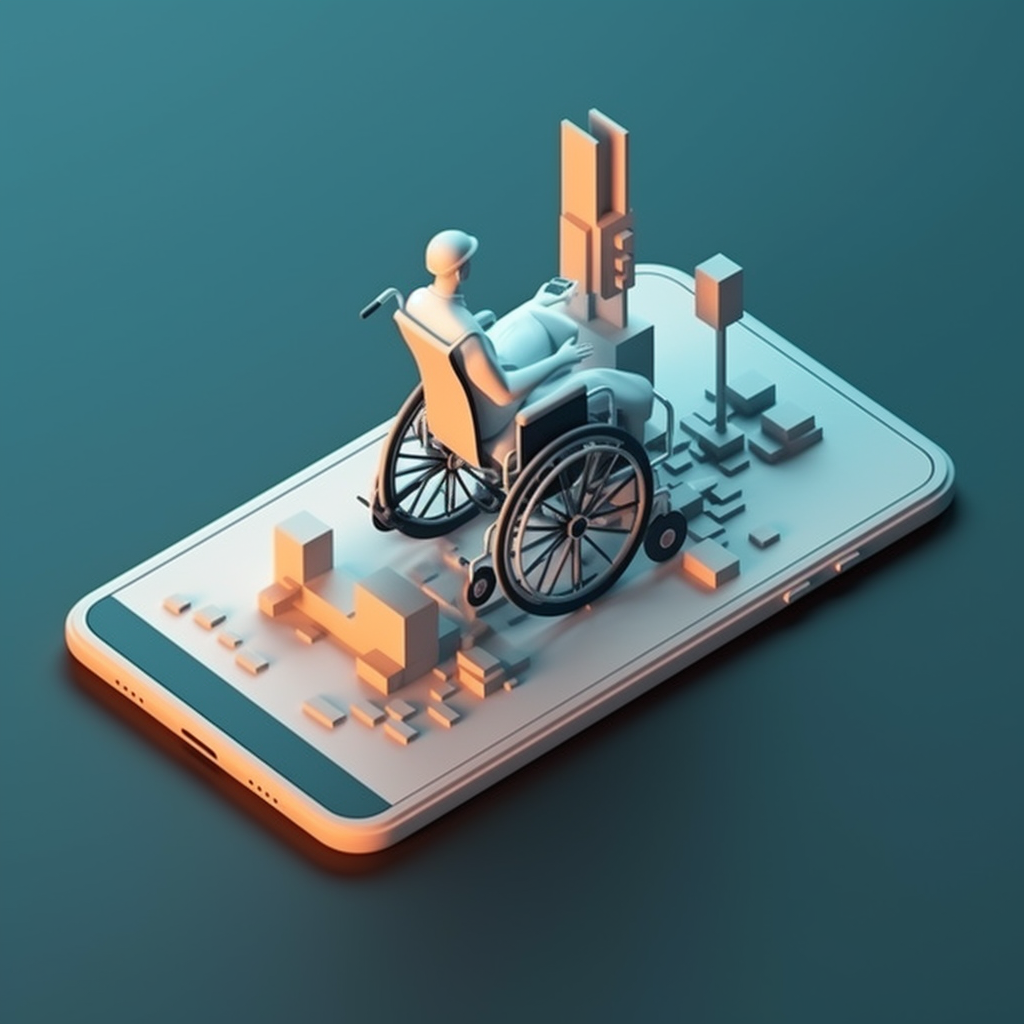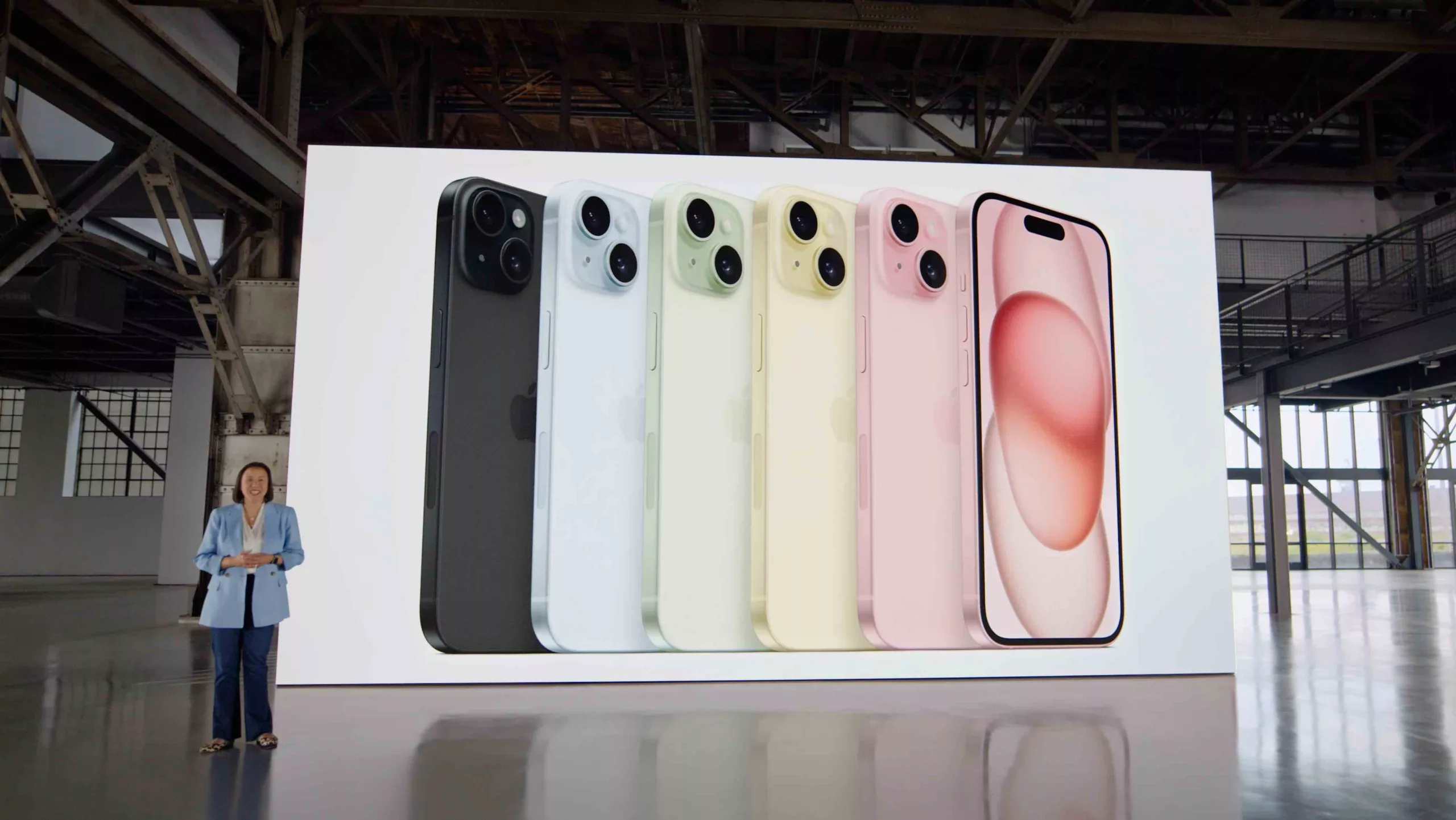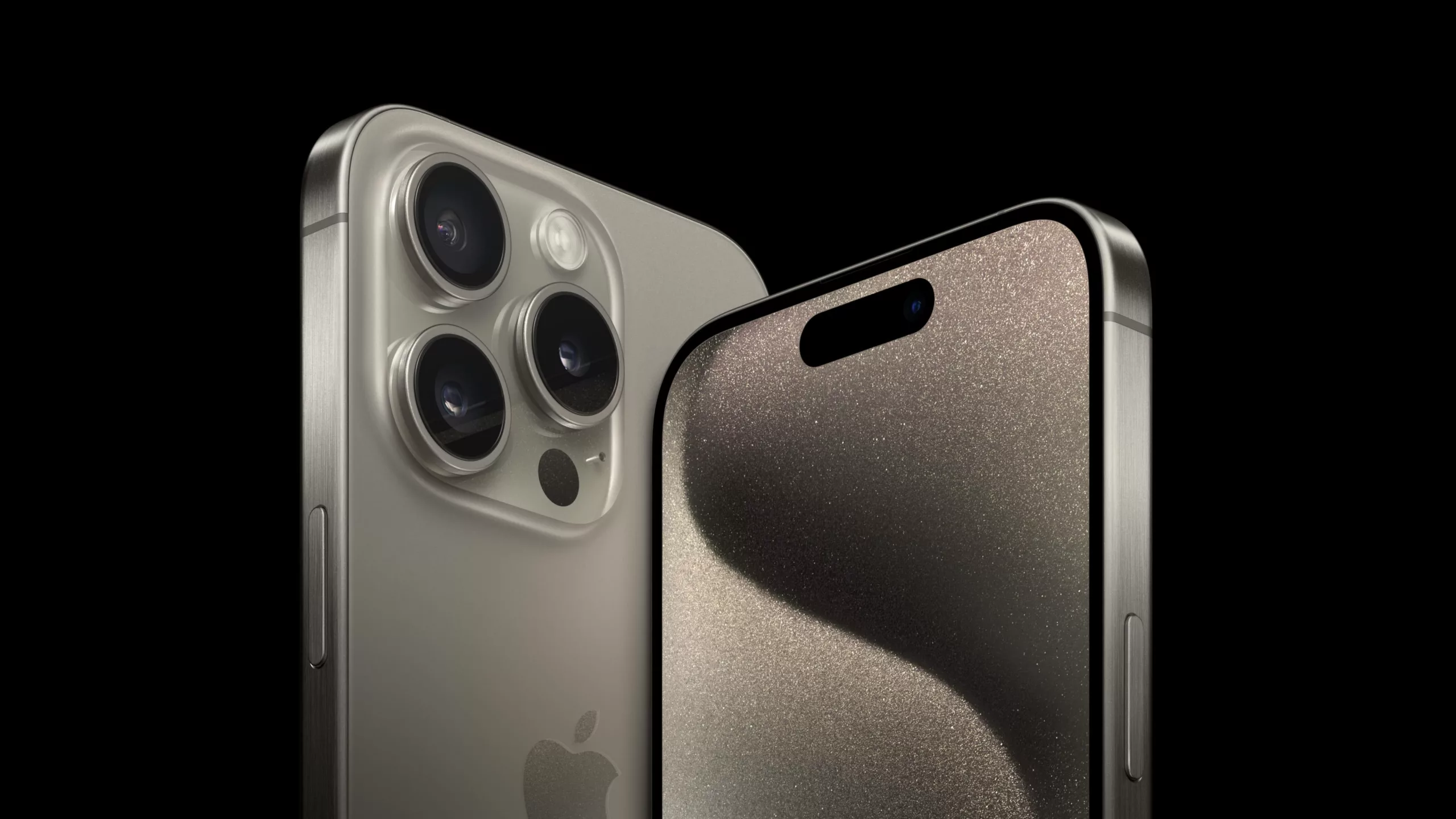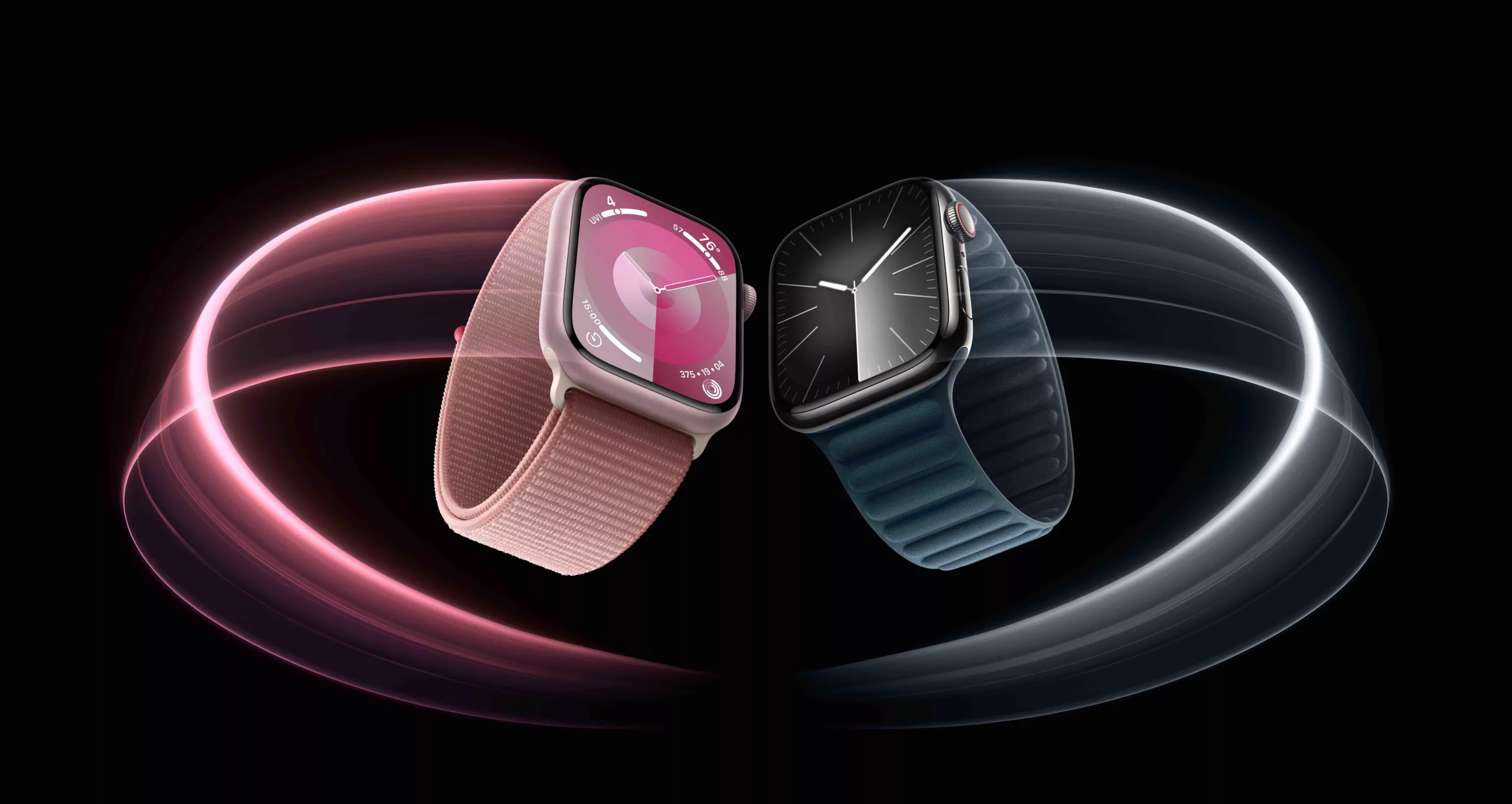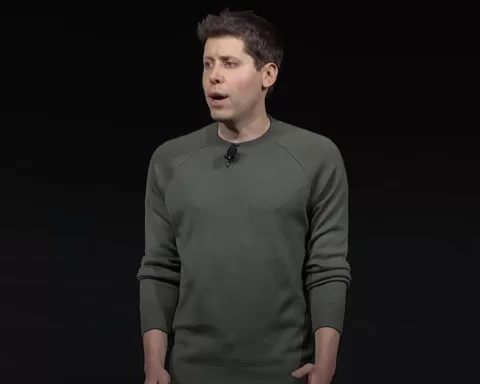In a groundbreaking move for cognitive accessibility, Apple has announced a suite of innovative software features and tools geared toward enhancing the user experience for those with cognitive, vision, hearing, and mobility disabilities.
This includes nonspeaking individuals or at risk of losing their speaking ability. The tech giant’s updates, which reflect a commitment to inclusive technology, leverage advanced hardware and software and on-device machine learning for user privacy.
Apple has collaborated closely with community groups representing a broad spectrum of users with disabilities. This has allowed them to develop accessibility features that truly impact people’s lives. Later this year, users with cognitive disabilities can expect to use the iPhone and iPad with greater ease and independence thanks to Assistive Access. Nonspeaking individuals will be able to type to speak during calls and conversations with Live Speech.
Those at risk of losing their ability to speak can use Personal Voice to create a synthesized voice that sounds like them, improving their ability to connect with family and friends. For users who are blind or have low vision, Detection Mode in Magnifier offers Point and Speak, which identifies and audibly reads out the text users point towards.
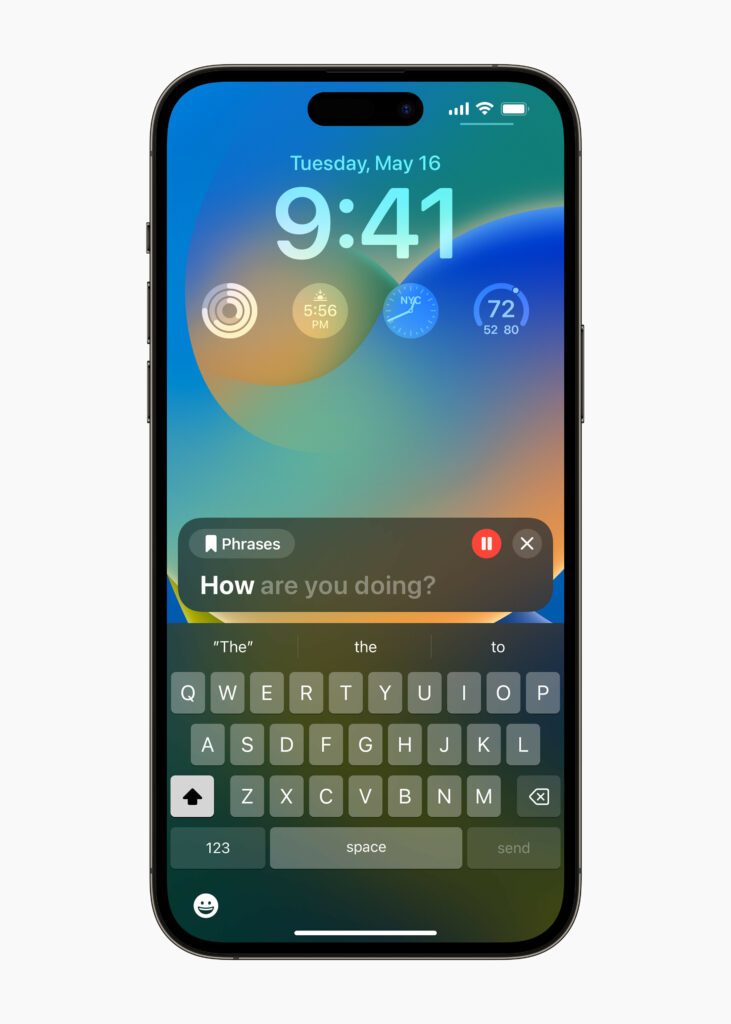
Apple’s CEO, Tim Cook, highlighted the company’s long-standing commitment to accessible technology, allowing everyone the opportunity to create, communicate, and do what they love. Sarah Herrlinger, Apple’s senior director of Global Accessibility Policy and Initiatives, reiterated that accessibility is embedded in everything the company does. The new features were designed with constant feedback from members of disability communities, aiming to support a diverse set of users and help people connect in new ways.
Assistive Access exemplifies this innovative approach. It uses design innovations to simplify apps and experiences, reducing cognitive load. It takes into account feedback from people with cognitive disabilities and their trusted supporters, focusing on activities that are foundational to the iPhone and iPad. This includes connecting with loved ones, capturing and enjoying photos, and listening to music.

Assistive Access offers a distinct interface with high-contrast buttons and large text labels. It also provides tools to help trusted supporters tailor the user experience for those they support. For instance, Messages includes an emoji-only keyboard and the option to record a video message, catering to users who prefer visual communication. The feature presents a choice between a more visual, grid-based layout for the Home Screen and apps or a row-based layout for users who prefer text.
New tools like Live Speech and Personal Voice are set to revolutionize communication for nonspeaking individuals or those at risk of losing their speaking ability. Live Speech allows users to type what they want to say to have it spoken out loud during phone and FaceTime calls as well as in-person conversations. Users can save commonly used phrases to participate in lively conversations quickly. On the other hand, Personal Voice enables users to create a synthesized voice that sounds like them, using just 15 minutes of recorded audio on iPhone or iPad. This feature promises to be a game-changer for users with conditions like ALS (amyotrophic lateral sclerosis) that can progressively impact speaking ability.

For users with vision disabilities, Point and Speak in Magnifier simplifies interaction with physical objects that have several text labels. It combines input from the Camera app, the LiDAR Scanner, and on-device machine learning to announce the text on each button as users move their finger across the keypad.
Apple is also introducing enhancements for deaf or hard-of-hearing users, users with physical and motor disabilities, and users sensitive to rapid animations. These include pairing Made for iPhone hearing devices directly to Mac, turning any switch into a virtual game controller to play games on iPhone and iPad, adjusting Text Size across Mac apps, and automatically pausing images with moving elements, such as GIFs.
Finally, in celebration of Global Accessibility Awareness Day, Apple is introducing new features and curated collections. SignTime, a service that connects Apple Store and Apple Support customers with on-demand sign language interpreters, will be launched in Germany, Italy, Spain, and South Korea on May 18. This service is available in the U.S., Canada, U.K., France, Australia, and Japan. In addition, select Apple Store locations worldwide are offering informative sessions throughout the week to help customers discover accessibility features.
Apple’s Shortcuts app is adding a feature called “Remember This,” designed to help users with cognitive disabilities create a visual diary in Notes for easy reference and reflection. Apple Podcasts is offering a collection of shows about the impact of accessible technology, and the Apple TV app features movies and series curated by notable storytellers from the disability community.
Apple Books is spotlighting “Being Heumann: An Unrepentant Memoir of a Disability Rights Activist,” a memoir by disability rights pioneer Judith Heumann. Apple Music, meanwhile, is showcasing cross-genre American Sign Language (ASL) music videos.
Apple Fitness+ is incorporating ASL while highlighting features designed to make fitness more accessible. Features include Audio Hints, which provide additional short descriptive verbal cues to support users who are blind or have low vision. Time to Walk and Time to Run episodes are being modified as “Time to Walk or Push” and “Time to Run or Push” for wheelchair users. Fitness+ trainers are incorporating ASL into every workout and meditation, and all videos include closed captioning in six languages. Trainers also demonstrate modifications in workouts so users at different levels can join in.
The App Store is spotlighting three disability community leaders, each of whom will share their experiences as nonspeaking individuals and the transformative effects of augmentative and alternative communication (AAC) apps in their lives.
These innovations reflect Apple’s commitment to building technology that is inclusive and accessible. As the tech giant continues to push the boundaries of what’s possible, it remains focused on ensuring that everyone, regardless of their abilities or disabilities, can benefit from its products. Through features like Assistive Access, Live Speech, and Personal Voice, Apple is not just shaping the future of technology but also enhancing lives and expanding possibilities for individuals with disabilities.
